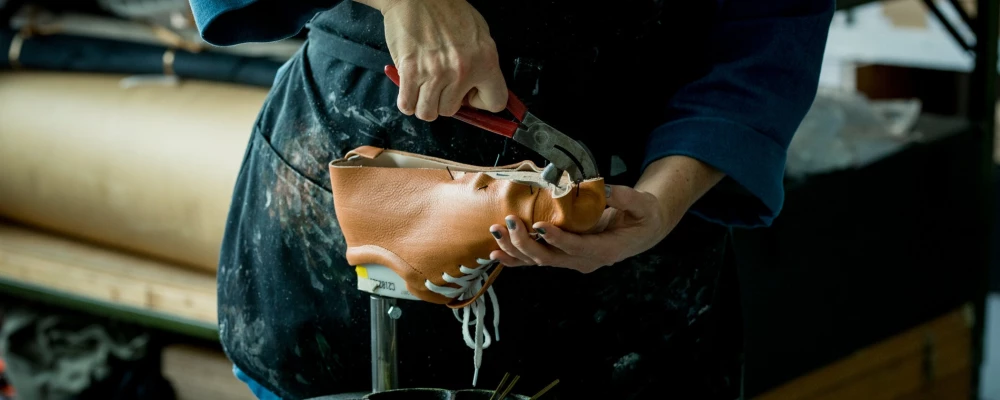
Sustainable Footwear Brands That Are About More Than Just Shoes
The footwear market is huge, and it does not just include fashion shoes. Think about all of the industries where different shoes are required, and then consider all of the materials, components and tools necessary to construct a shoe. In 2019 alone, 24.9 billion pairs of shoes were manufactured globally. It is a complex part of the manufacturing sector, with approximately 150 processes per shoe, and around 30 different components, with each material, and often each process, transported and conducted across the world.
There are plentiful business models across fashion where you can create a product with a less negative impact on the environment, and on people. Some models even present a positive impact, by increasing customer awareness and engagement to reduce consumption and increase longevity - so being a space for education and awareness-raising, not just another product in a saturated market.
In this article we take a look at our favourites, and explore some of the ways in which a brand (footwear or otherwise) can fulfil their needs as a designer, while providing a beneficial service or product to the world.
Thumbnail image: HOTELMOTEL
Repair
VYN is a brand borne out of wisdom from working in fashion footwear design, for mid-range brands like Kurt Geiger where mostly it is style over substance. In understanding that margins are cut down - not necessarily to increase profit, but to decrease the price the customer pays (and therefore desirability) - then you can appreciate how material quality is depleted during the design process. Repair models require high quality materials, along with a construction that makes it easy for both the user and the producer to do the physical repair. To design a shoe for repair involves considering the end life of a product before you even start.
Through reverse engineering, VYN design and produce their shoes to limit the amount of materials necessary for both repair and for comfort. They consider how the wearer will interact with the shoe, the infrastructure in place to offer repair, and how to decrease the cost-per-unit without affecting profits or fair payments for labour and materials.
"We need to slow down on taking, innovate in making, and minimise waste". ~ Stefan Mathys, co-founder VYN
Learn more >> about considerations to make when designing footwear to be designed for repair, and the opportunities you need to create for customer engagemnt, in this Lesson from Co-Founder of VYN, Stefan Mathys: Achieving A Transparent and Circular Business Model With Repairable Footwear.
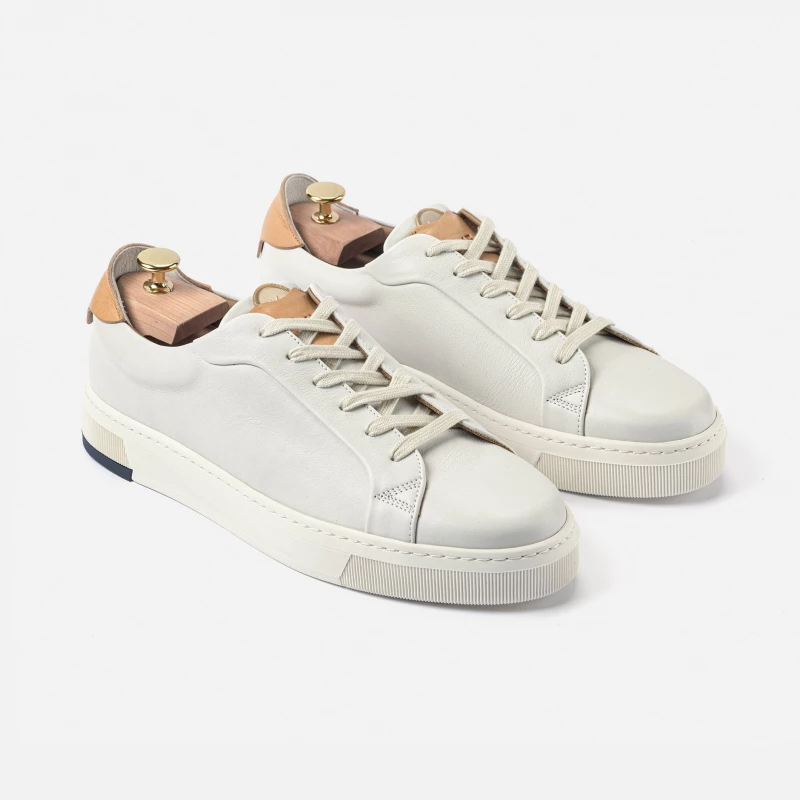
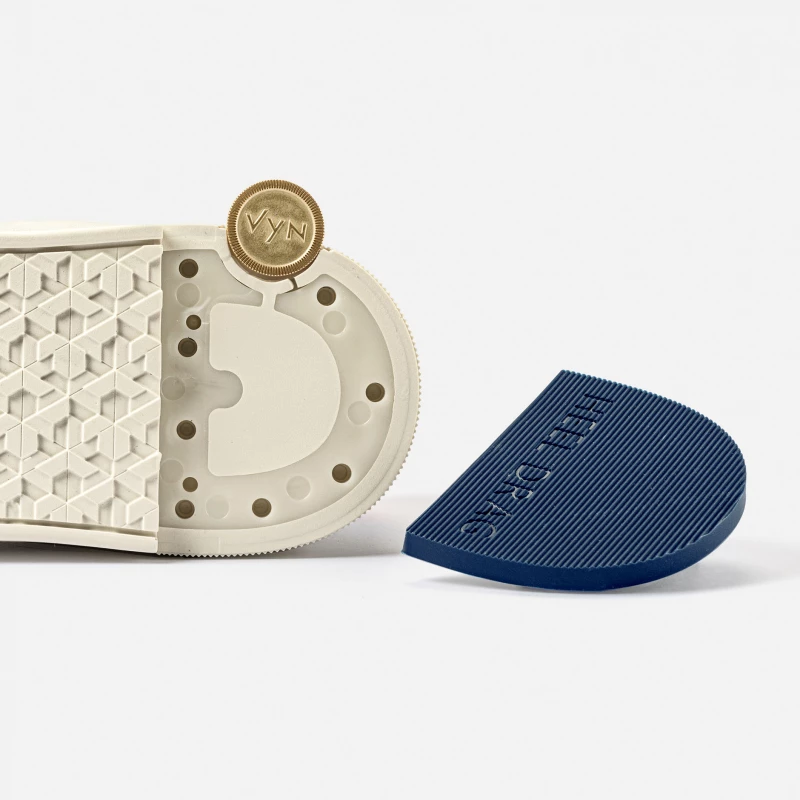
Monomaterials
"Biodegradability" is a buzzword for the fashion industry right now, but what it boils down to is the system that can take back the materials you have used. Hopefully, too, this system positively retains and repurposes the value inherent in the product. In actuality, synthetic materials are biodegradable, but their only system for this is decomposition within landfill where toxic chemicals and gases leach into the waterways and atmosphere, or incineration for energy. So for true biodegradability you need to go for a product that uses only natural ingredients so that it can organically compost and return to the soil.
Unfortunately, footwear is limited in this respect, due to the solvents, glue and fastenings required to make a shoe stick together and also fit the user. But brands are trying. And if we look to history, we know that shoes were once all natural anyway, so it can be easily achieved.
When we talk about monomateriality then, we are mostly considering traditional shoemaking techniques. Nails rather than glue, stitching rather than injection moulding. If this is what you are looking for as a customer, reach out to the brand to discuss their processes (a lot now will also give information on if they are vegan-approved, which usually refers to no glues being used). If you are a brand looking to develop a monomaterial product, increase your understanding of the shoe anatomy and learn the lingo so that you can speak with factories and craftspeople to create your design.
"When you go to a consultant or a lastmaker or shoemaker, you could make more use of the time if you understand the basic vocabulary and the terminology that they'll be using. You'll be able to get more from their experience and gain a technical answer, as you would expect in trying to speak any technical language." ~ Payson Muller, co-founder The Last Shoemaker
However, monomateriality is also possible with synthetics. This is usually found with sneakers, where there is a knitted upper grown on to the EVA or injection moulded sole e.g. Adidas' FUTURECRAFT.LOOP fully recyclable trainer made from recycled materials.
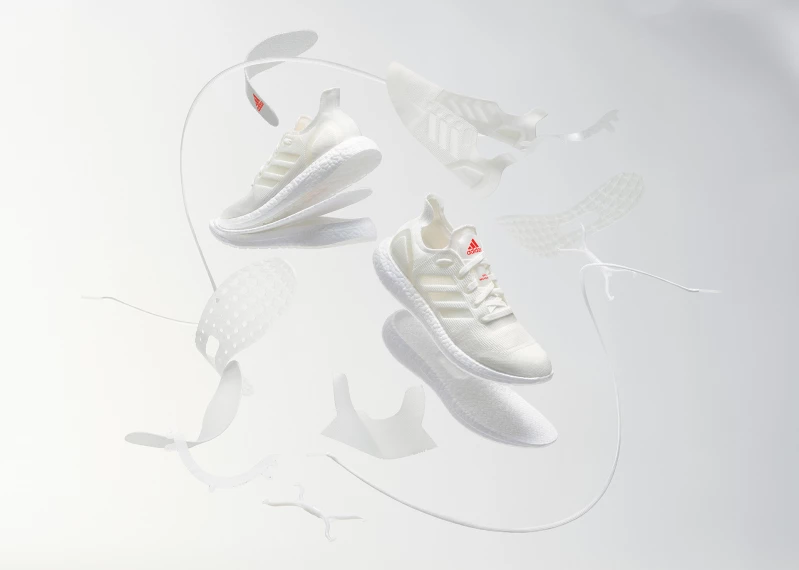
The raw supply of your materials should also be considered when factoring in monomateriality. If you are looking at soil-to-soil systems then it would be mislaid to create a product that does not come already from a regenerative system. Timberland are a big player, and in early 2021 they launched their Greenstride™ Solar Wave EK+ Collection in partnership with Land To Market, the Savory Institute's program to support increase in regenerative farms and businesses. With regenerative leathers for the uppers, and sugar cane/natural rubber soles, these sneakers are able to be biodegraded in a natural cycle.
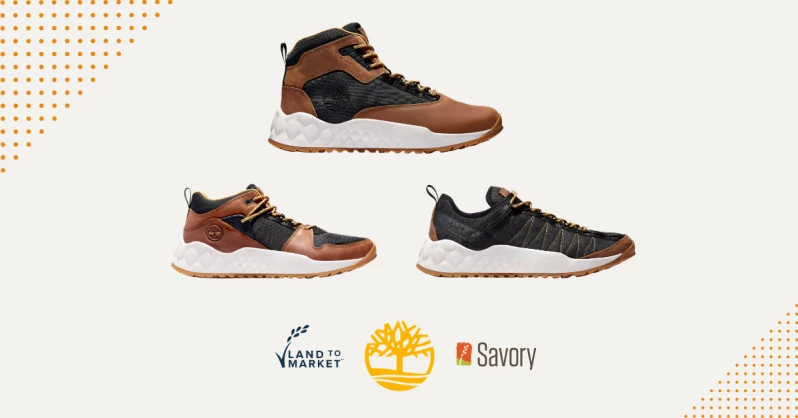
Learn more >> about designing for end of life or reuse in this Technical Tutorial: Design For X Methodologies.
Minimal design
The Last Shoemaker produce formal shoes with a minimal design, which means they reduce the amount of materials, components and design details so that the wearer has a shoe more connected to the ground, and more healthy in terms of anatomy. Details include a wider forefoot so that the toes can splay naturally, a lesser heel so that the heel is closer to the ground, and use of materials like leather that will allow a breathable foot environment.
Learn more >> about how foot anatomy is affected by our shoes, and how we can reverse damage in this Lesson from Founder Payson Muller: Foot Anatomy and Minimal Shoe Design Considerations.
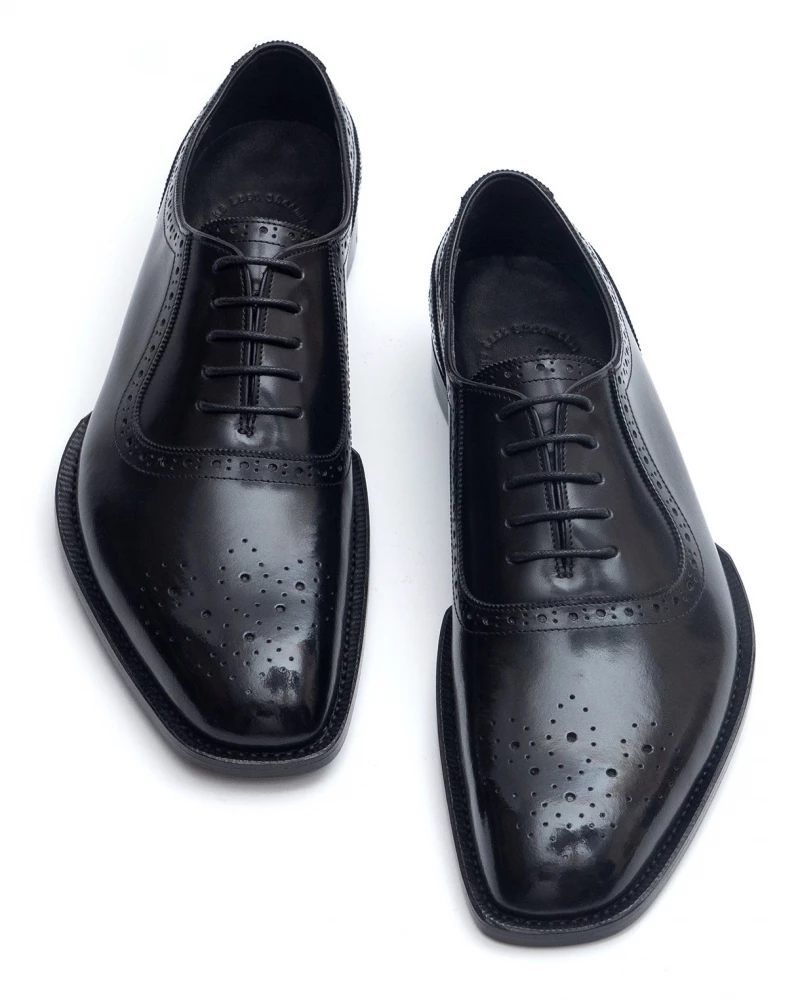
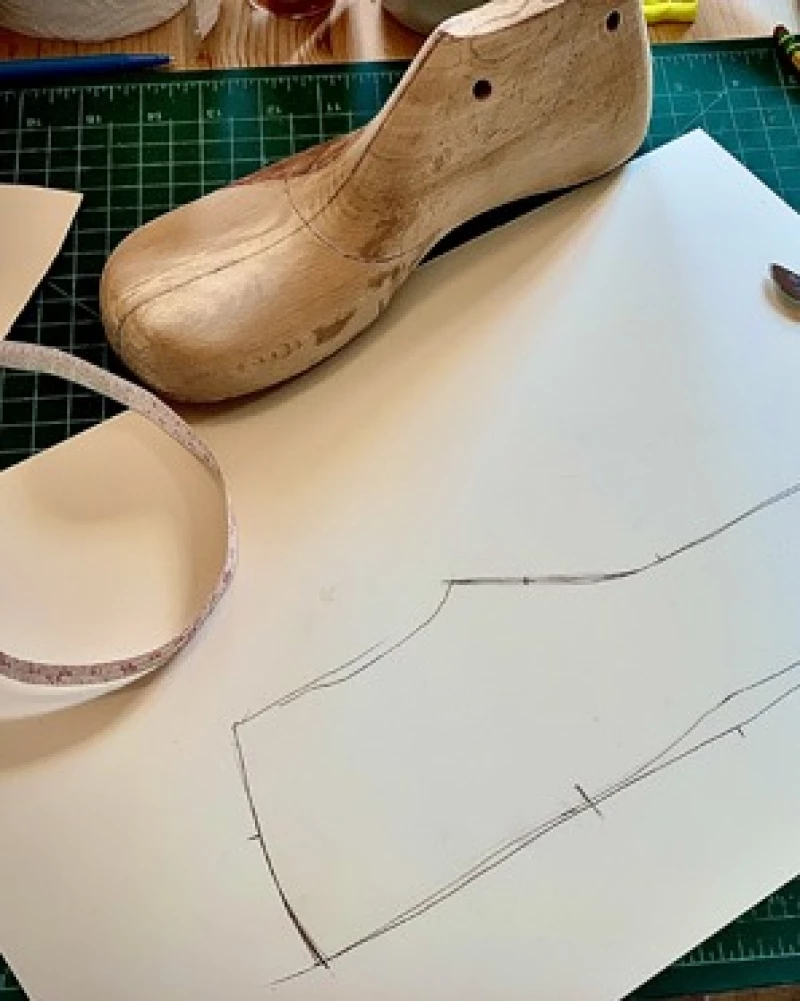
Another superb designer to look at for minimal design is Alice Robinson, the researcher who showed the possibilities and opportunities for a regional, local and regenerative leather production model. Alice's collections were developed using only material from one sheep, and then another with material from only one bullock; this included linings and fastenings. It is a fantastic lesson in understanding the value inherent within each centimetre of a material, and to recognise that it was in fact a life that gave the material you are using - so use it wisely and fully.
Learn more >> about Alice's work and how to develop a brand within a restrained local system in the Interview with Alice: Leather Production Under A Regional Regenerative Model.
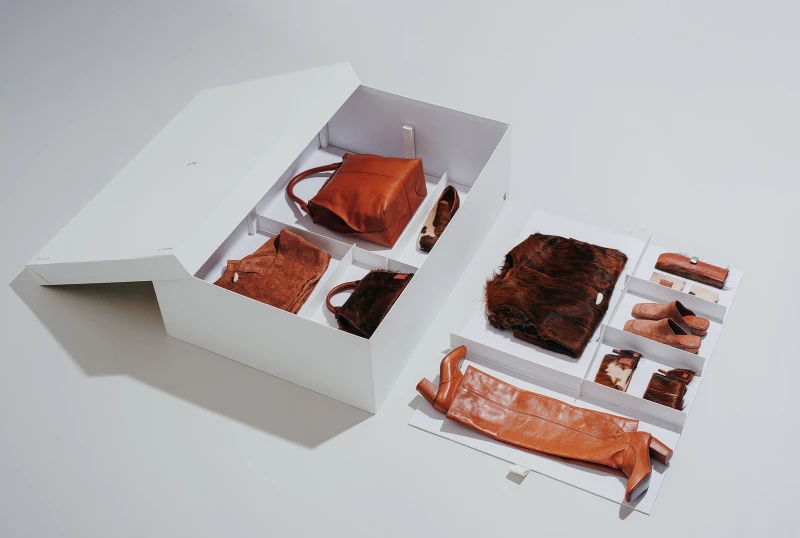
Handcrafted
Shoes created using traditional shoemaking techniques, i.e. via a craftsperson using hand tools and with minimal fixings, would be classed as handcrafted. The majority of shoe production however does involve hand processes even if most of the assembly line is operated by machinery. If you are looking for an actual handcrafted shoe, you will normally be able to figure this out by the size of the collection. Anything noted too as "bespoke" is likely to most use handcrafting techniques, and any shoemaker utilising these methods would likely be open to showing you the processes. On the other hand (foot), a shoe factory would keep their doors closed.
One brand keen to open their creative atelier is HOTELMOTEL, a Canadian-based duo crafting their sneakers by hand. They work with artists to develop materials and prints for their limited pre-order only production runs, and by keeping their design static in terms of shape, required components and style, they have control over timeline of their products.
Learn more >> about what makes shoe handcrafting an important skill to retain, and what challenges and opportunities this business model poses to slowing down consumption while supporting local artists and artisans, in this Interview from HOTELMOTEL co-founder Niki Jessup: Handcrafted Unisex Sneakers.
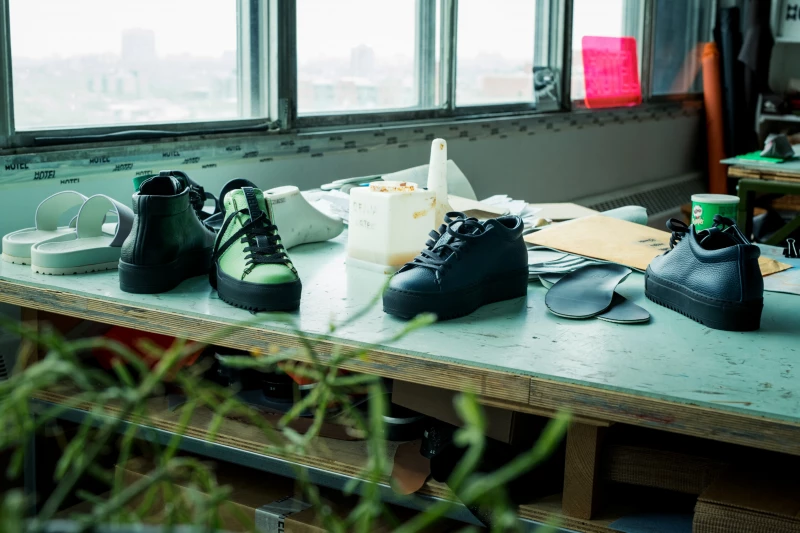
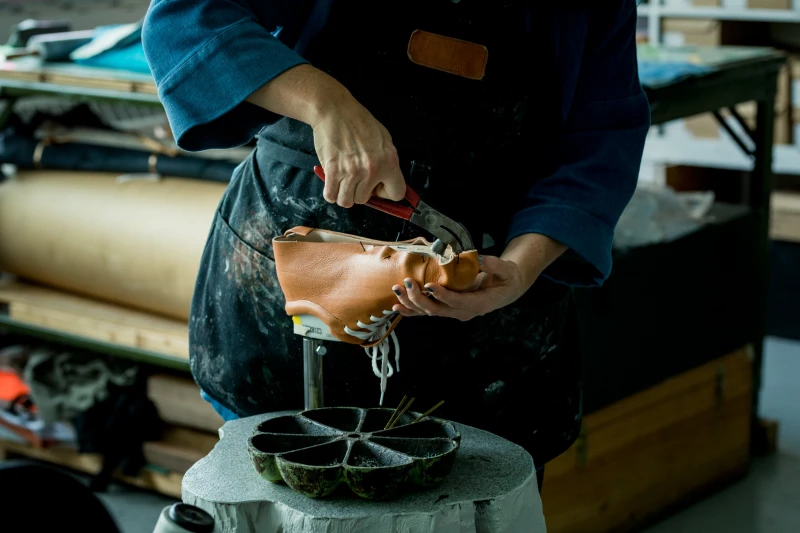
Traceable
Traceability could in theory fit into all of the business model types shown here. With control over the ingredients, processes and engagement with your customer, you should be able to trace your product from cradle to grave (or, hopefully, with a cradle to cradle model for value retention and circularity).
CollectID is a business helping to support the move to footwear tracebility by utilising a combination of technology in the form of NFC tags and blockchain. These digital codes give a voice to the full supply chain, while providing the customer with the story also. It also goes some way to preventing counterfeiting, a crime exceptionally rife within footwear due to the hyped up marketing of shoe drops (and associated cost per product).
Learn more >> about counterfeiting, blockchain and footwear trends in this lesson from the co-founders of CollectID and sneaker convention organisers Sneakerness, David Geisser and Sergio Muster: Avoid Counterfeiting With NFC Tags and Blockchain.
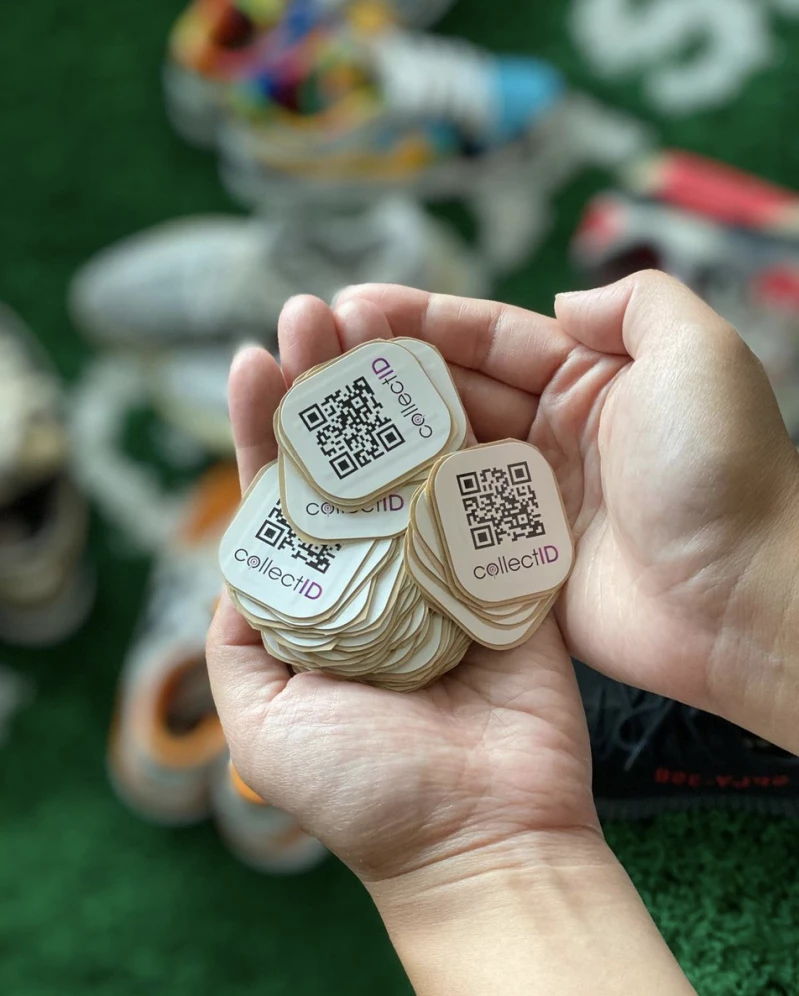
3D printed
3D printing also fits in the category of monomateriality because, as a 3D printer, you are able to closely control the ingredients and quantity of ingredients within your creation. You can very easily produce small production runs, with no transportation time or costs other than where your studio is based or ingredients come from, and offers curious designs that traditional routes likely could not produce.
One brand showcasing a truly niche product, is FUSED Footwear, who create magnificent sneakers using 3D printed techniques and fastenings that can be easily removed. The beauty of this is that the finished shoe can be melted or ground down into an ingredient again, so reducing waste completely. The majority of ingredients are synthetic-based however, so depending on how ephemeral you want your product to be, there may even be scope to use an ingredient like mussel shells [see Materiom for biomaterial recipes].
Learn more >> about what 3D printing actually looks like as a viable commercial shoemaking technique, and guidance in bringing your niche product to market, via this Lesson from FUSED Footwear founder Philippe Holthuizen: 3D Printing For Footwear and Marketing A Niche Product.
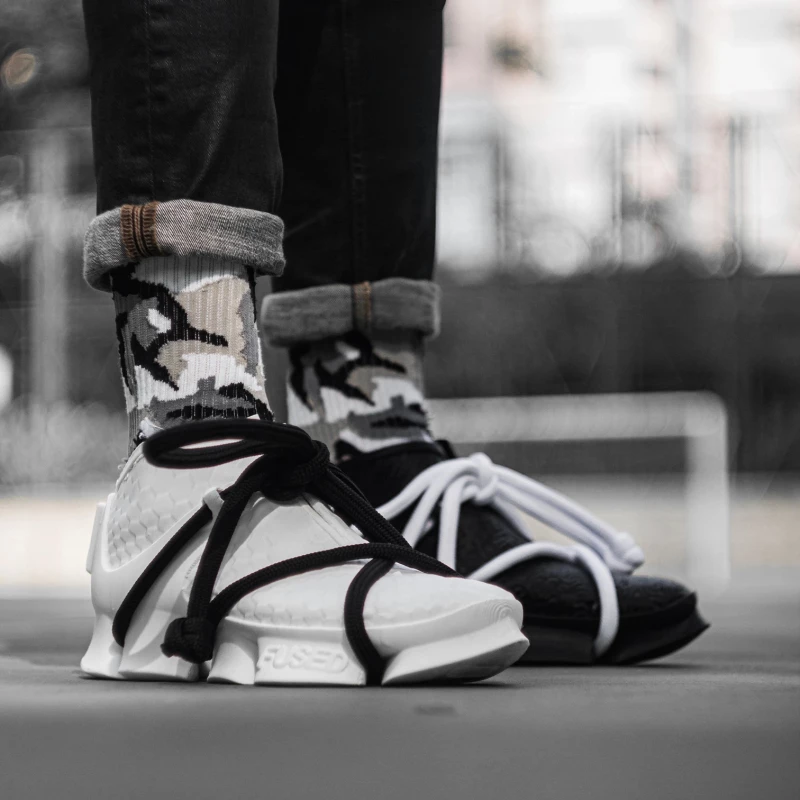
Skills-building
Shoemaking tends to either be done by traditional craftspeople (mostly men) or within factories that have human-operated machinery (quite often found to be modern slaves). As footwear requires often 150 processes, having some of them automated does increase efficiency and therefore costs associated with labour and the space. However, traditional techniques retain knowledge about foot anatomy, fit and materials that can be lost when the use of hands is taken away. Generational learning supports the retention of shoemaking skills so embedded within footwear production, and yet there also needs to be progression on who is deemed capable and honourable of such prowess.
Juta Shoes is one such enterprise that is showcasing alternatives to the (white elder) male or machine-dominated world of footwear, by training marginalised women who face barriers to work. This can be because they are asylum seekers, have refugee status so cannot work in certain industries, because they are mothers so require flexibility, or simply have not come from an educated background that employers deem necessary.
Learn more >> about how to build a social enterprise based on purpose in this Interview from Juta Shoes co-founder Joanna Hamer: Supporting Women Facing Barriers To Work.
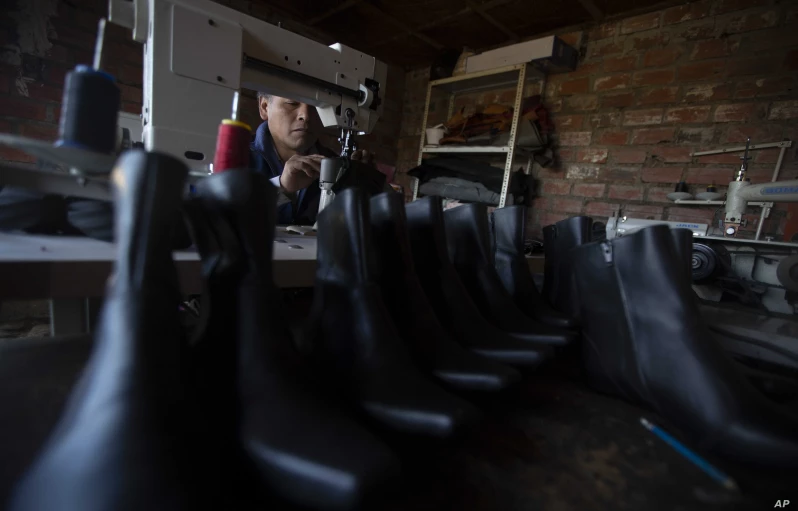
It is still important to acknowledge that those working in shoemaking factory units are also skilled craftspeople, just with more support of machines. The skills to operate these machines are dwindling, as production hubs decrease to concentrated areas of the world i.e. Asia.
Learn more >> about the impact that footwear production moving offshore is having on local economies in this Lesson from Global Green's Director Rodrigo Lopes: Social Sustainability Considerations In Footwear Manufacture.
And, there are homeworkers - subcontracted artisans who work from home - heavily embedded in the footwear industry, including children, where it is essential for conditions and pay to be monitored. Learn more >> about homeworkers in this illuminating Lesson from Homeworkers Worldwide, which acknowledges research they have done in footwear producing regions of Bangladesh: Recognising and Supporting Homeworker Roles In Your Supply Chain.
“If you don’t know about the prevalence of homeworking, then you don’t know about the risks in your chains and you can’t do anything about it.” ~ Lucy Brill, Homeworkers Worldwide
To learn more about the topics and case studies presented here, and to gain a holistic understanding of how to use them for any product range - or even as a consumer wondering about how ethical and sustainable footwear actually is and can be - head to the full Masterclass, Developing A Sustainable Footwear Label.
To receive weekly inspiration on case studies like this, sign up to be a Member of The Sustainable Fashion Collective®. Full access to the Lessons, Interviews, Technical Tutorials and Masterclass presented here is given to those subscribing to our Professional Membership. Join then upgrade here.
